Inside: 33 amazing low-light indoor plants for your home. Discover shade-loving plants to add greenery in the darkest corners of your space.
Let’s face it: not all plants can handle low light, but some are shade superstars.
Got a dim apartment or gloomy hallway? No problem!
These green champs can turn dark corners into a lush oasis.
Limited light? They’re up for the challenge!
Let’s get started!
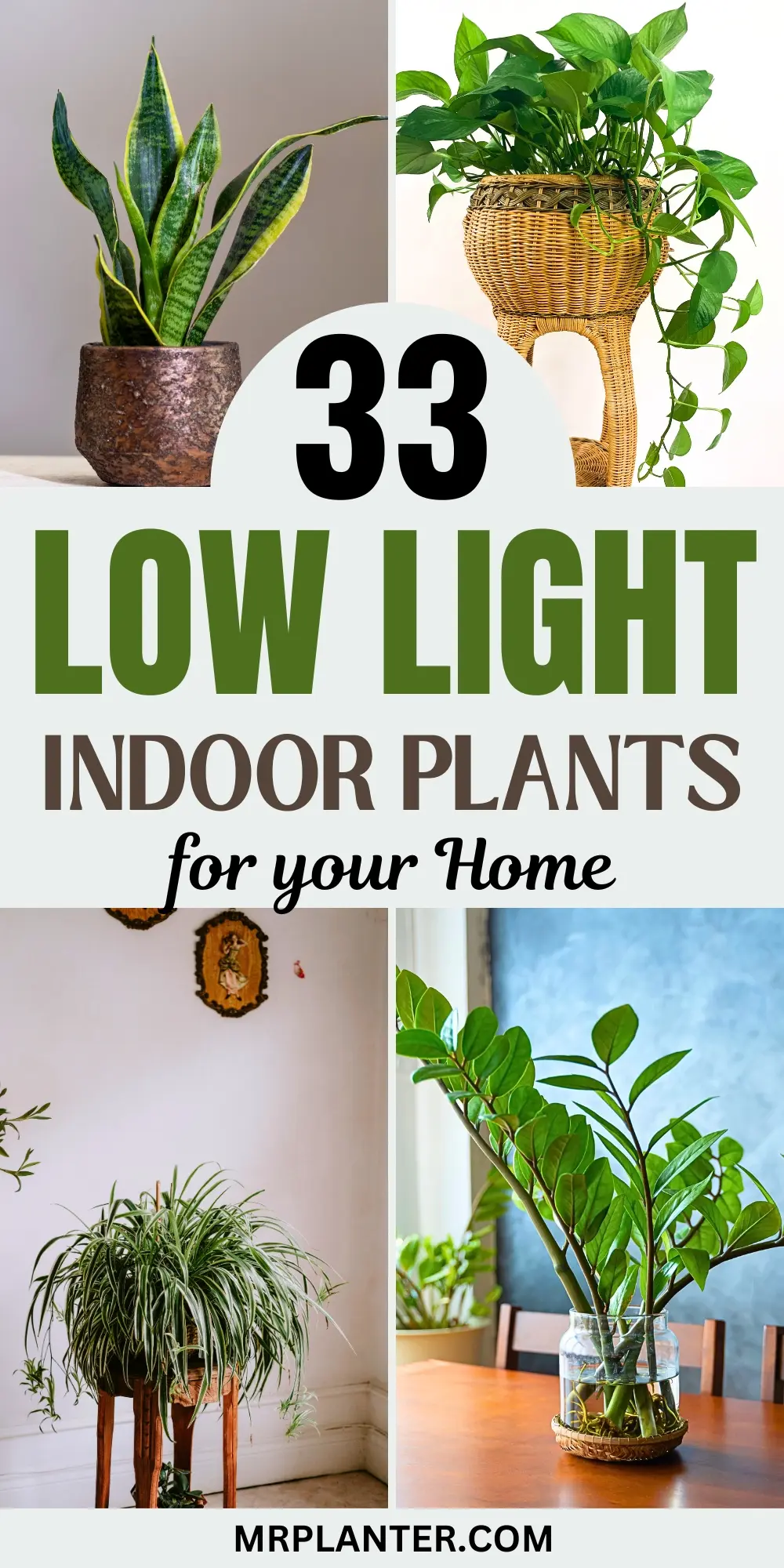
1. Snake Plant (Sansevieria):

Snake plants are incredibly resilient and can thrive in various light conditions, from low to bright indirect light. They are known for their air-purifying qualities, removing toxins like formaldehyde and benzene from the air.
These plants require minimal watering and can go weeks without attention, making them perfect for busy or forgetful plant owners.
Snake plants come in various sizes and patterns, allowing for versatile decorating options in any home or office setting.
Expert Tip from MrPlanter: Rotate your snake plant occasionally to ensure even growth, as they tend to grow towards the light source. Check the complete Snake plant care guide here.
2. Peace Lily (Spathiphyllum):
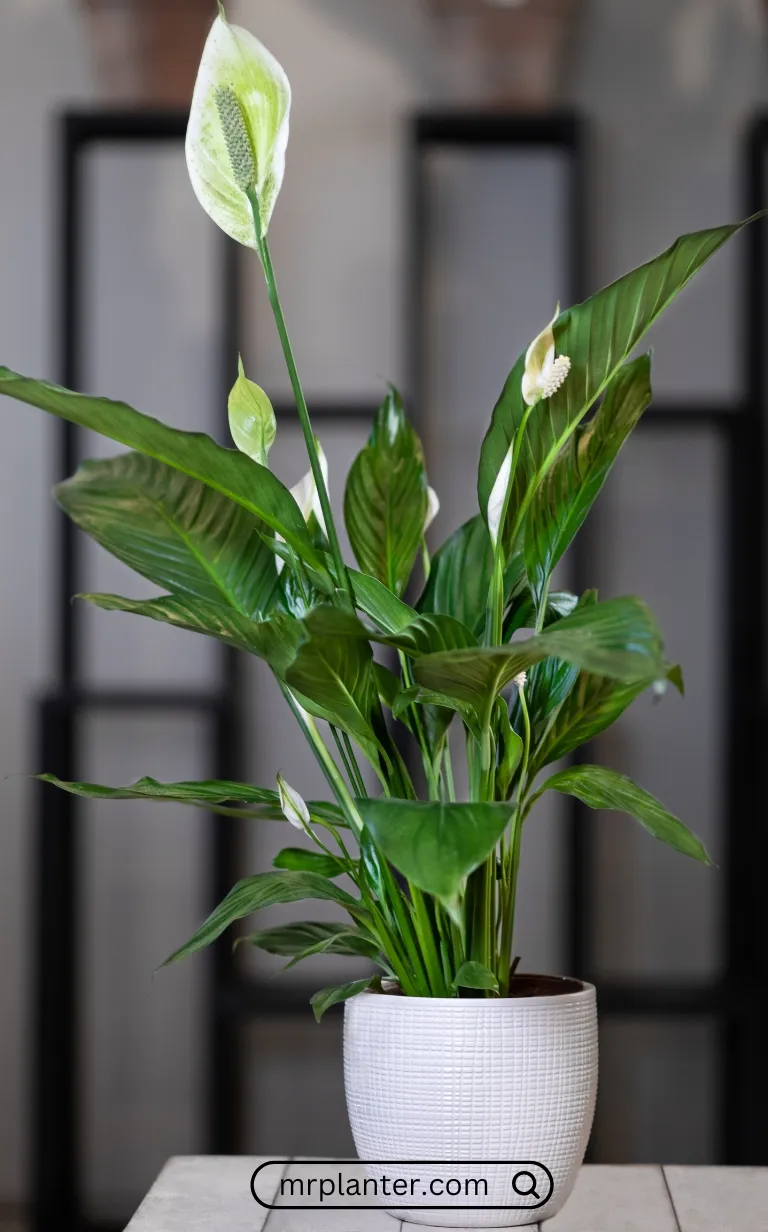
Peace lilies are elegant plants that thrive in low to medium light conditions, making them ideal for dimly lit rooms. They produce beautiful white flowers and have glossy, dark green leaves that add a touch of sophistication to any space.
These plants are excellent air purifiers and are known to remove common household pollutants. Peace lilies prefer consistently moist soil but can tolerate occasional drought, making them relatively low-maintenance.
Expert Tip from MrPlanter: If your peace lily’s leaves start to droop, it’s a sign that it needs watering. They bounce back quickly once hydrated.
3. Pothos (Epipremnum aureum):
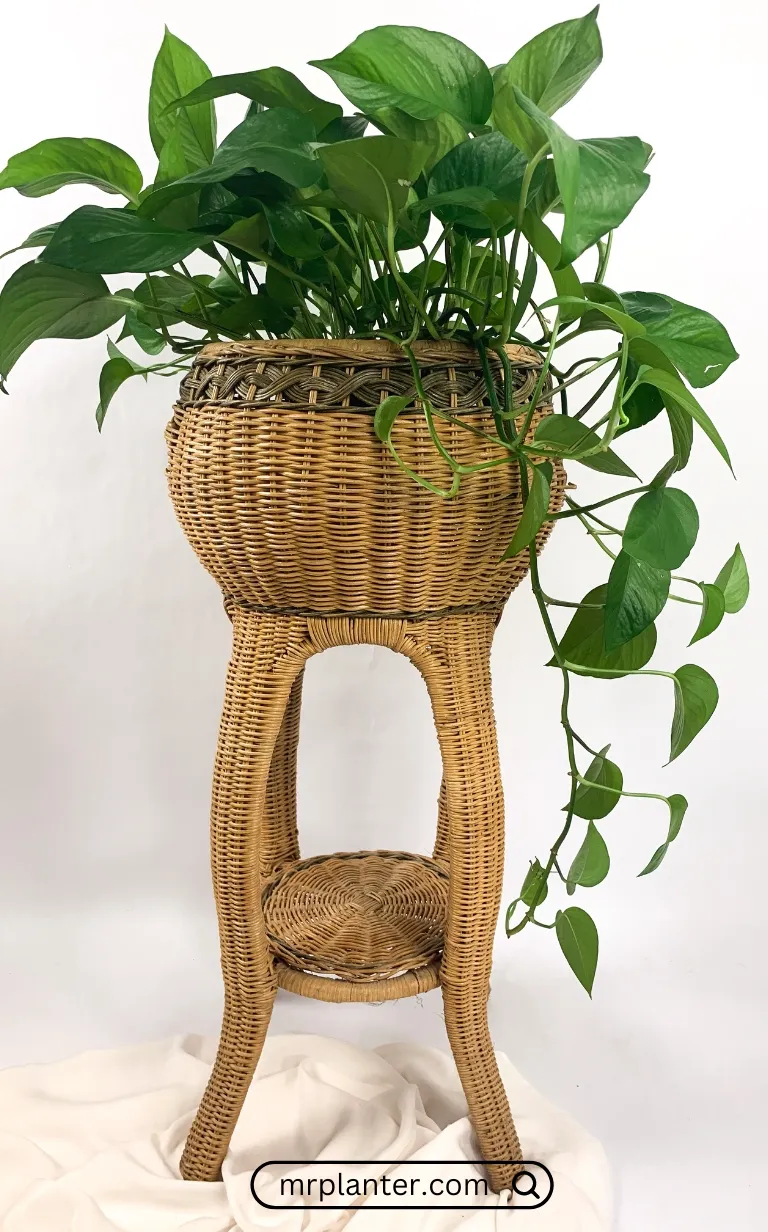
Pothos is one of the easiest houseplants to care for, adapting well to various light conditions, including low light. These trailing plants can be grown in hanging baskets or trained to climb, making them versatile for different decor styles.
Pothos plants are excellent air purifiers and can grow quickly under the right conditions. They are drought-tolerant and can bounce back from neglect, making them perfect for beginners or those who travel frequently.
Expert Tip from MrPlanter: Prune your pothos regularly to maintain its shape and promote bushier growth. You can easily propagate the cuttings in water to create new plants.
4. ZZ Plant (Zamioculcas zamiifolia):
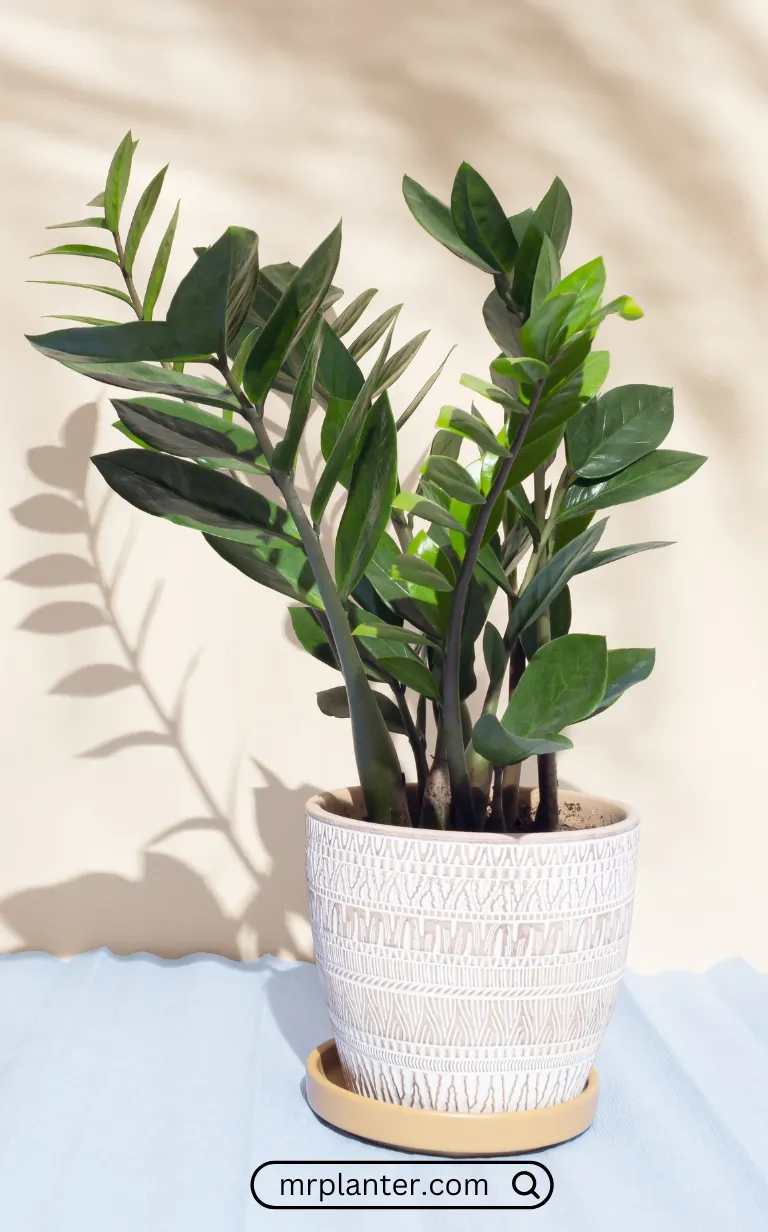
ZZ plants are known for their ability to tolerate extremely low light conditions and irregular watering, making them nearly indestructible. Their glossy, dark green leaves add a touch of elegance to any room and can brighten up even the darkest corners.
These plants have a unique water storage system in their thick rhizomes, allowing them to survive long periods without water. ZZ plants are also excellent air purifiers, removing various toxins from indoor environments.
Expert Tip from MrPlanter: Be cautious not to overwater your ZZ plant, as they are more tolerant of drought than excess moisture. Allow the soil to dry out completely between waterings.
5. Spider Plant (Chlorophytum comosum):
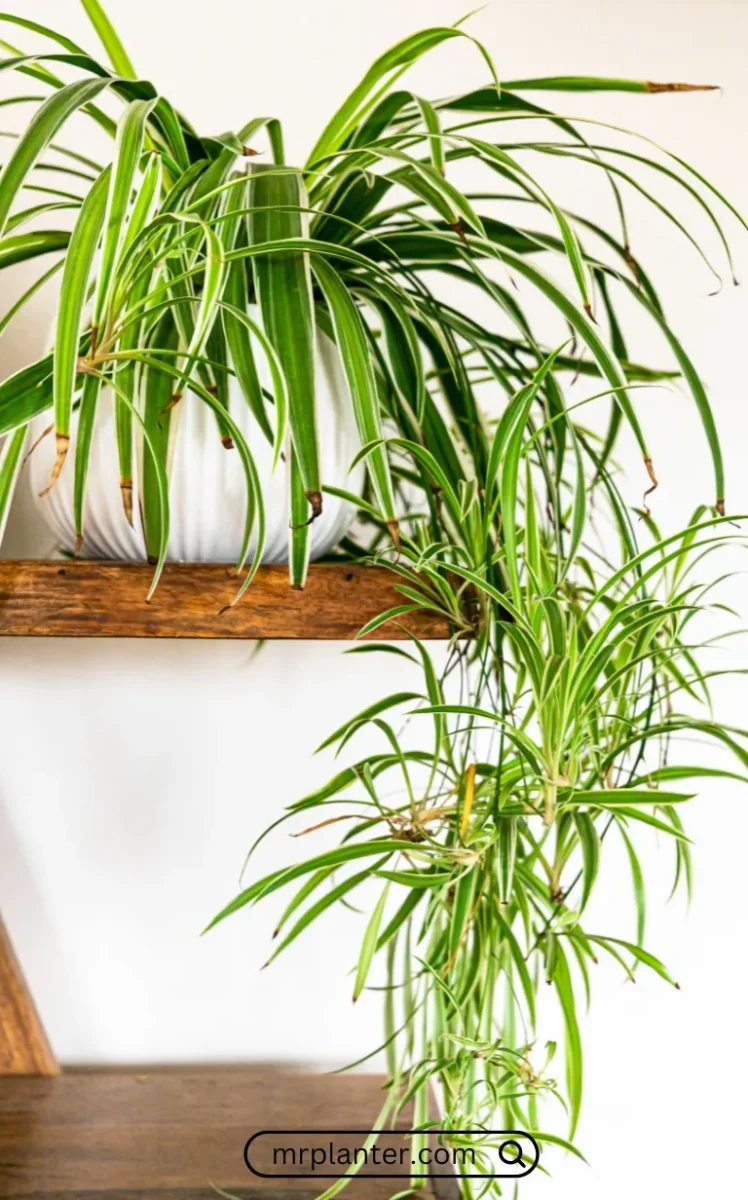
Spider plants are popular for their easy care and ability to thrive in low to moderate light conditions. They produce long, arching leaves and small plantlets, or “spiderettes,” which can be easily propagated to create new plants.
These plants are excellent air purifiers and are non-toxic to pets, making them a safe choice for households with animals. Spider plants are also known for their ability to tolerate a wide range of temperatures and humidity levels.
Expert Tip from MrPlanter: Remove the spiderettes once they develop roots to maintain the parent plant’s energy or pot them up to share with friends and family. Check the complete Spider Plant Care guide here.
6. Chinese Evergreen (Aglaonema):
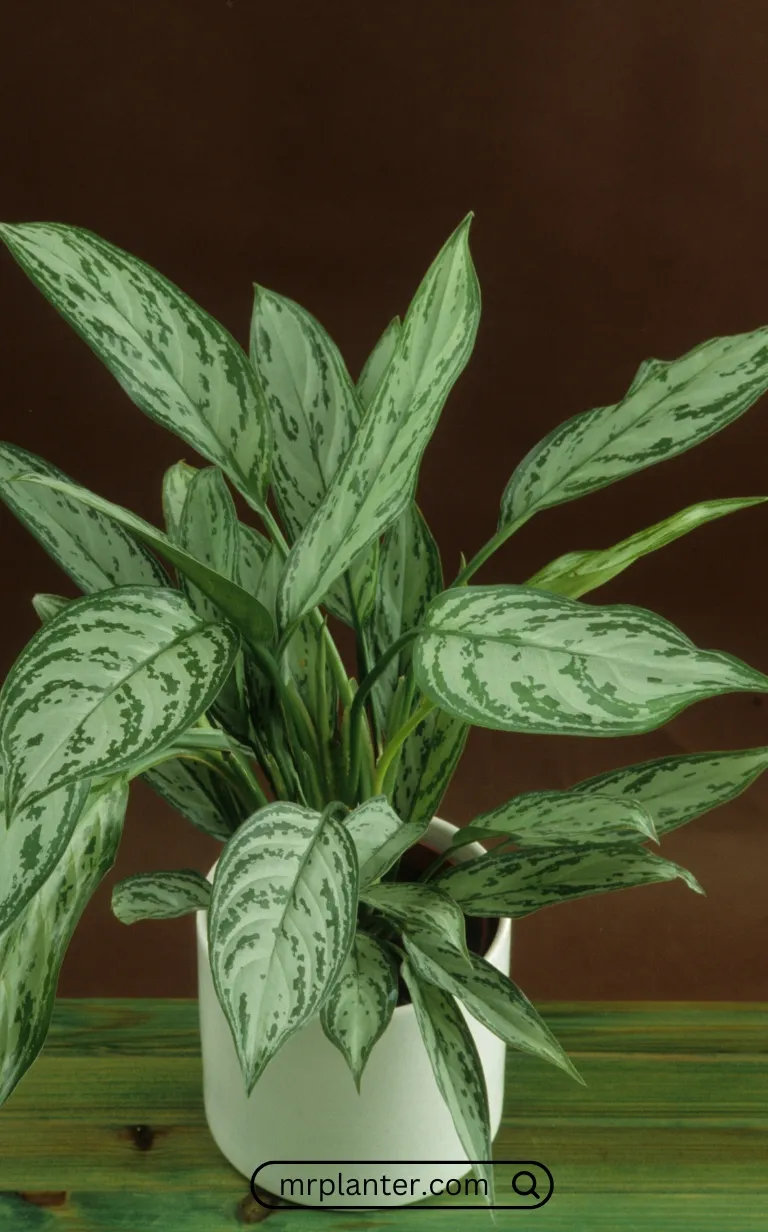
Chinese Evergreens are renowned for their ability to thrive in low light conditions, making them perfect for offices and homes with limited natural light. They come in various leaf patterns and colors, from dark green to silver and red, adding visual interest to any space.
These plants are tolerant of neglect and can survive occasional lapses in watering. Chinese Evergreens are also known for their air-purifying qualities, helping to remove indoor pollutants and improve air quality.
Expert Tip from MrPlanter: Avoid placing your Chinese Evergreen in direct sunlight or cold drafts, as both can damage the leaves.
7. Dracaena varieties:

Dracaena plants are versatile and come in many varieties, all of which can tolerate low light conditions. They have long, strappy leaves that can add height and texture to indoor spaces, making them excellent choices for floor plants or table centerpieces.
These plants are known for their air-purifying abilities and are relatively low-maintenance. Dracaenas can adapt to various indoor environments and are resistant to most pests and diseases.
Expert Tip from MrPlanter: Brown leaf tips on your Dracaena may indicate over-fluoridation. Use filtered water or let tap water sit out overnight before watering to reduce fluoride content.
8. Philodendron varieties:
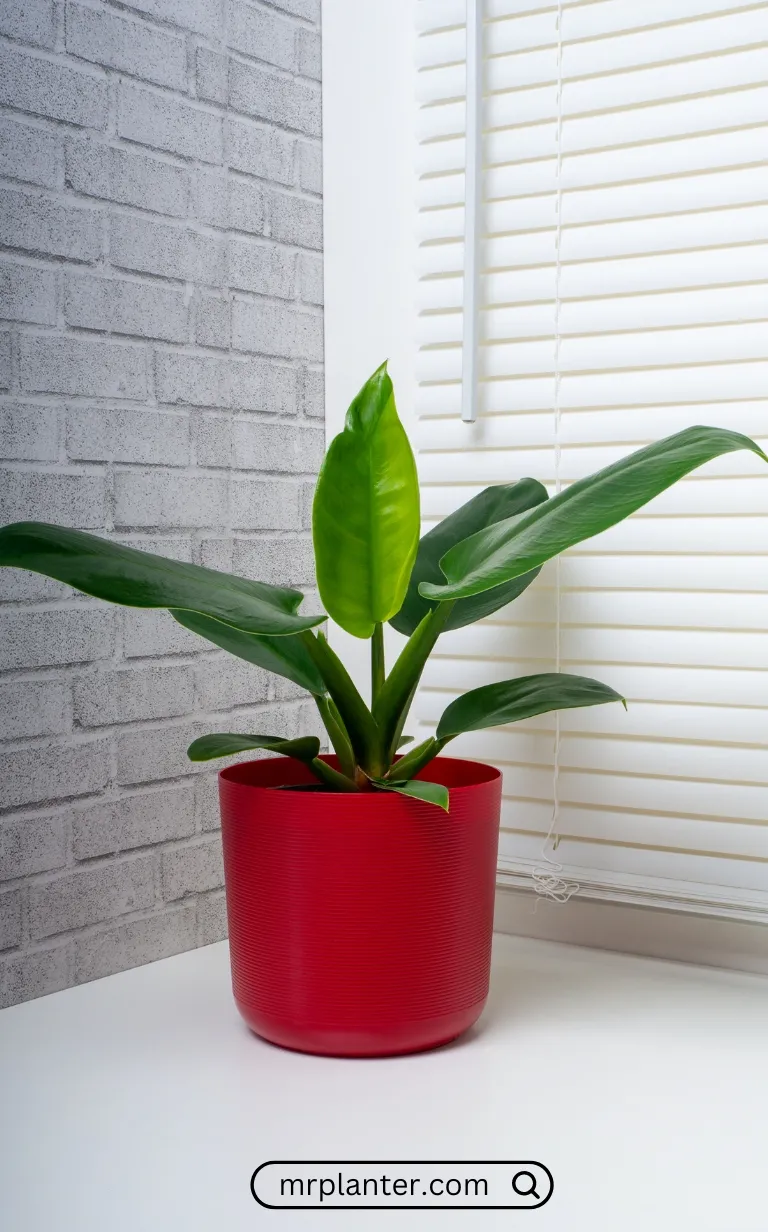
Philodendrons are popular houseplants known for their heart-shaped leaves and easy care requirements. They can thrive in low to moderate light conditions and are excellent choices for hanging baskets or climbing up trellises.
These plants are fast-growing and can help purify indoor air by removing various pollutants. Philodendrons are also known for their ability to tolerate occasional neglect, making them ideal for busy households.
Expert Tip from MrPlanter: Pinch back the growing tips of your Philodendron regularly to encourage bushier growth and prevent the plant from becoming leggy.
9. English Ivy (Hedera helix):
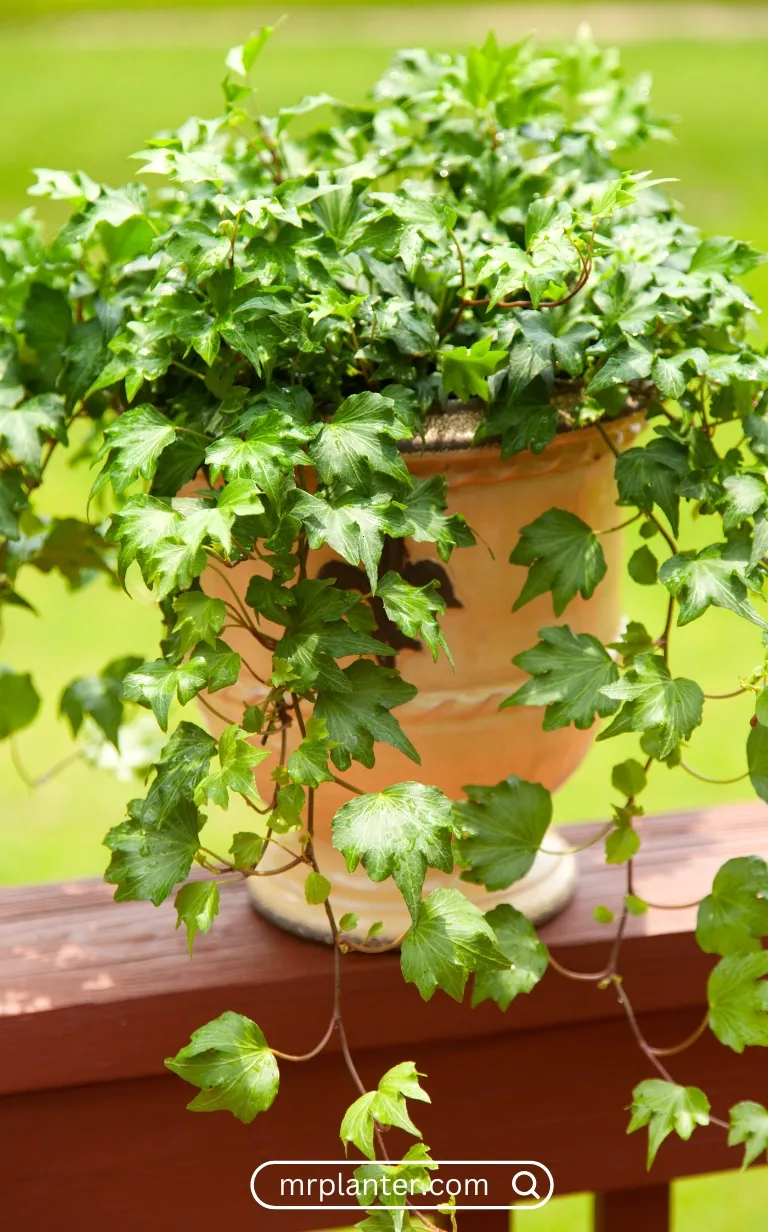
English Ivy is a classic trailing plant that can adapt well to low light conditions. Its cascading vines and variegated leaves make it an attractive choice for hanging baskets or as a climbing plant on trellises or walls.
This plant is known for its air-purifying abilities, particularly in removing airborne mold. English Ivy prefers cool temperatures and higher humidity, making it suitable for bathrooms or kitchens.
Expert Tip from MrPlanter: Mist your English Ivy regularly to increase humidity and prevent spider mite infestations, which are common in dry conditions.
10. Cast Iron Plant (Aspidistra elatior):
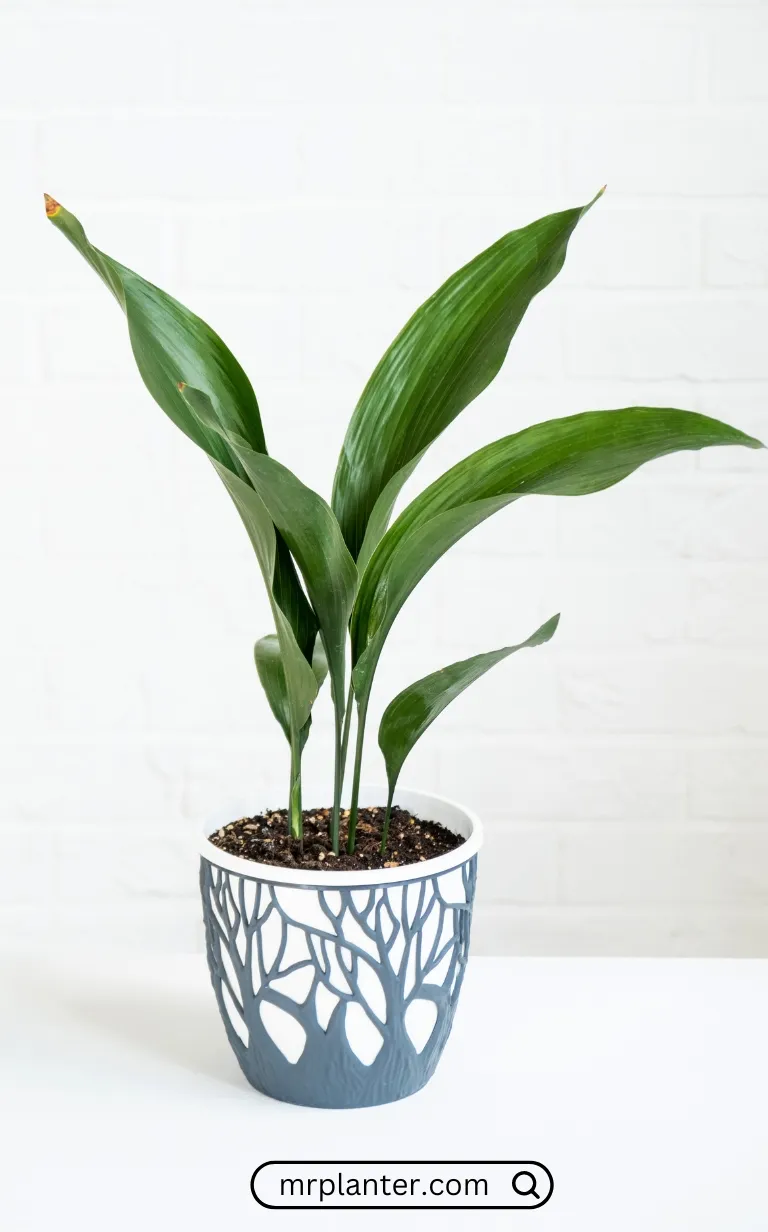
The Cast Iron Plant lives up to its name, being one of the toughest and most adaptable houseplants available. It can survive in very low light conditions and withstand neglect, temperature fluctuations, and dry air.
This plant has large, dark green leaves that grow upright, making it an excellent choice for adding structure to indoor spaces. The Cast Iron Plant is also known for its air-purifying qualities and its resistance to pests and diseases.
Expert Tip from MrPlanter: While Cast Iron Plants are very tolerant, they grow slowly. Be patient and avoid overfeeding, as this can lead to salt buildup in the soil.
11. Monstera deliciosa:
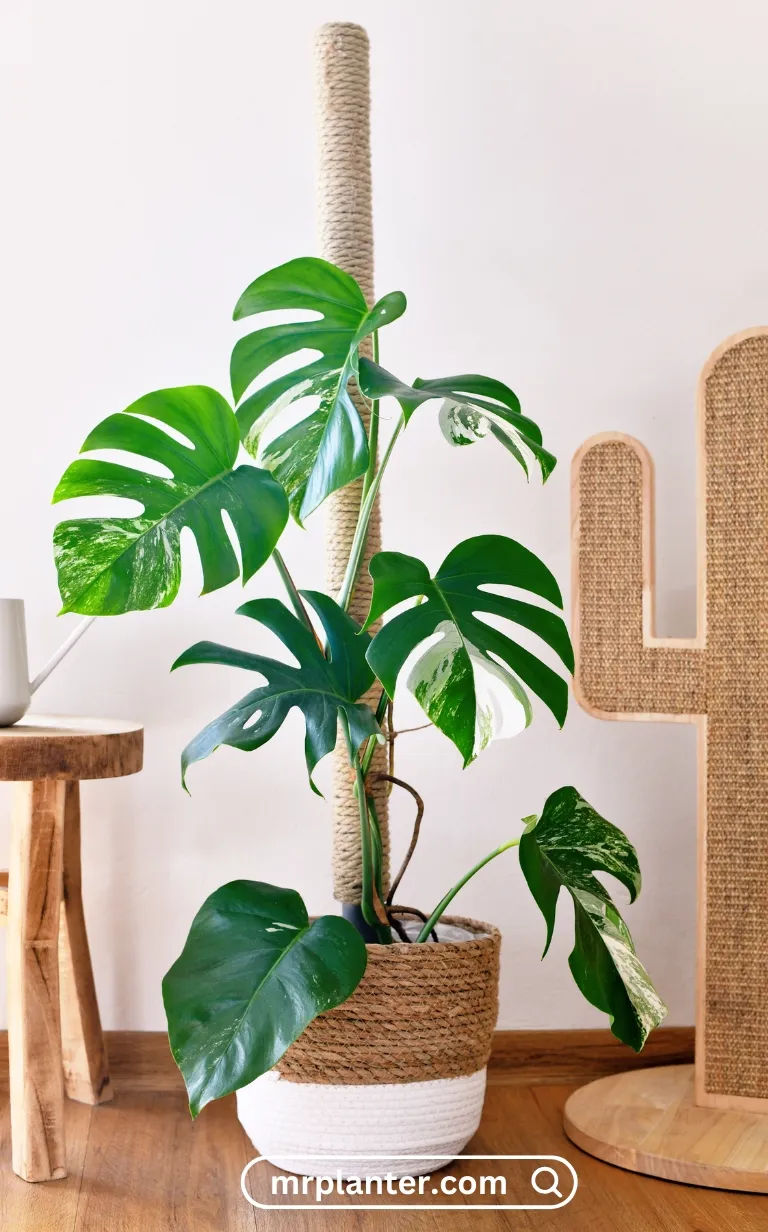
Monstera deliciosa, also known as the Swiss Cheese Plant, is famous for its large, perforated leaves that add a tropical flair to any space. While it prefers bright, indirect light, it can tolerate lower light conditions, making it versatile for various indoor settings.
This plant is relatively low-maintenance and can grow quite large, becoming a striking focal point in any room. Monsteras are also known for their air-purifying qualities, helping to improve indoor air quality.
Expert Tip from MrPlanter: Support your Monstera with a moss pole or trellis as it grows to encourage larger leaf development and maintain its upright form.
12. Umbrella Plant (Schefflera arboricola):

The Umbrella Plant, with its distinctive leaf arrangement resembling an umbrella, can adapt well to low light conditions. It’s a versatile plant that can be grown as a small tree or kept compact through regular pruning.
This plant is known for its air-purifying abilities and its resilience to various indoor conditions. Umbrella Plants are relatively low-maintenance and can tolerate occasional neglect, making them suitable for busy households.
Expert Tip from MrPlanter: If your Umbrella Plant becomes leggy, don’t be afraid to prune it back hard. It will regrow bushier and fuller.
13. Parlor Palm (Chamaedorea elegans):
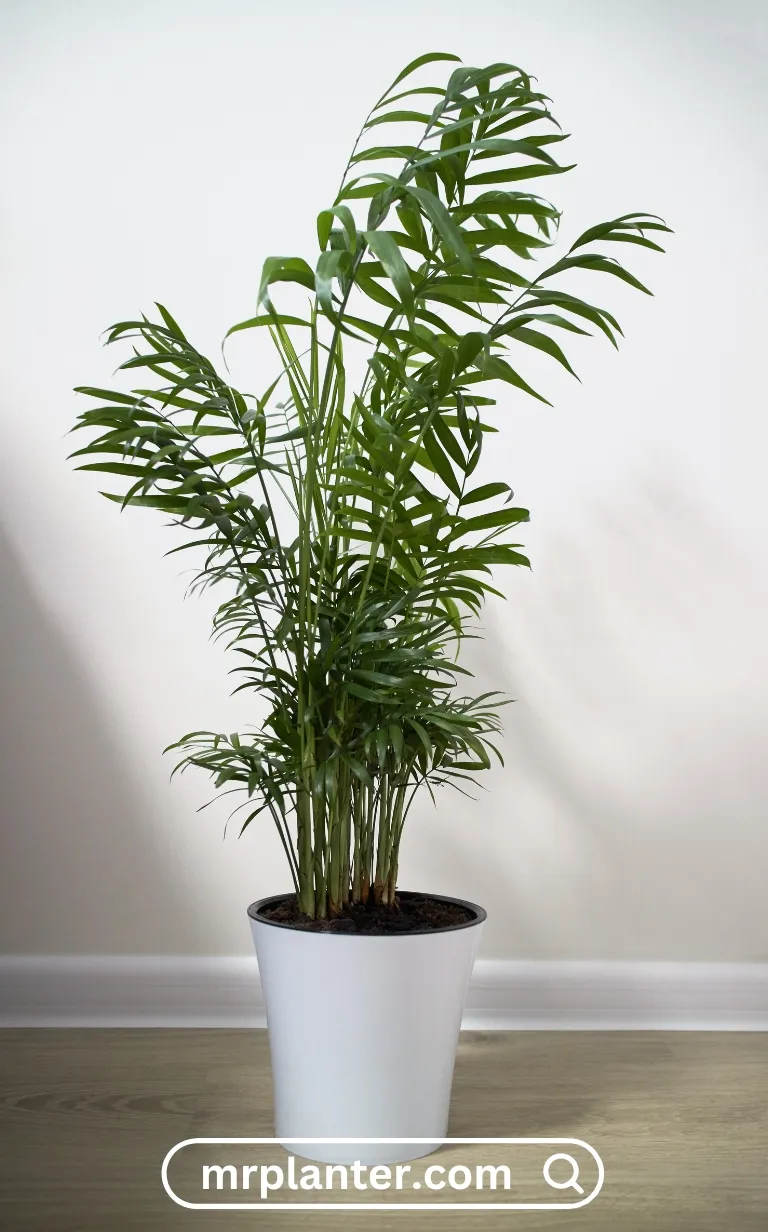
The Parlor Palm is a classic houseplant that thrives in low to moderate light conditions. Its delicate, feathery fronds add a touch of elegance and can soften the look of any indoor space.
This palm is relatively slow-growing and doesn’t require frequent repotting, making it a low-maintenance choice. Parlor Palms are also known for their air-purifying qualities and their ability to tolerate lower humidity levels than many other palms.
Expert Tip from MrPlanter: Allow the top inch of soil to dry out between waterings to prevent root rot, which Parlor Palms are susceptible to if overwatered.
14. Lucky Bamboo (Dracaena sanderiana):

Lucky Bamboo is a popular plant in feng shui and is believed to bring good fortune. It can thrive in low light conditions and is often grown in water, making it a unique and low-maintenance houseplant option.
This plant is highly adaptable and can be shaped into various forms as it grows. Lucky Bamboo is also known for its air-purifying qualities, helping to remove indoor pollutants.
Expert Tip from MrPlanter: If growing in water, change it every 2-4 weeks to prevent algae growth and maintain the plant’s health.
15. Prayer Plant (Maranta leuconeura):
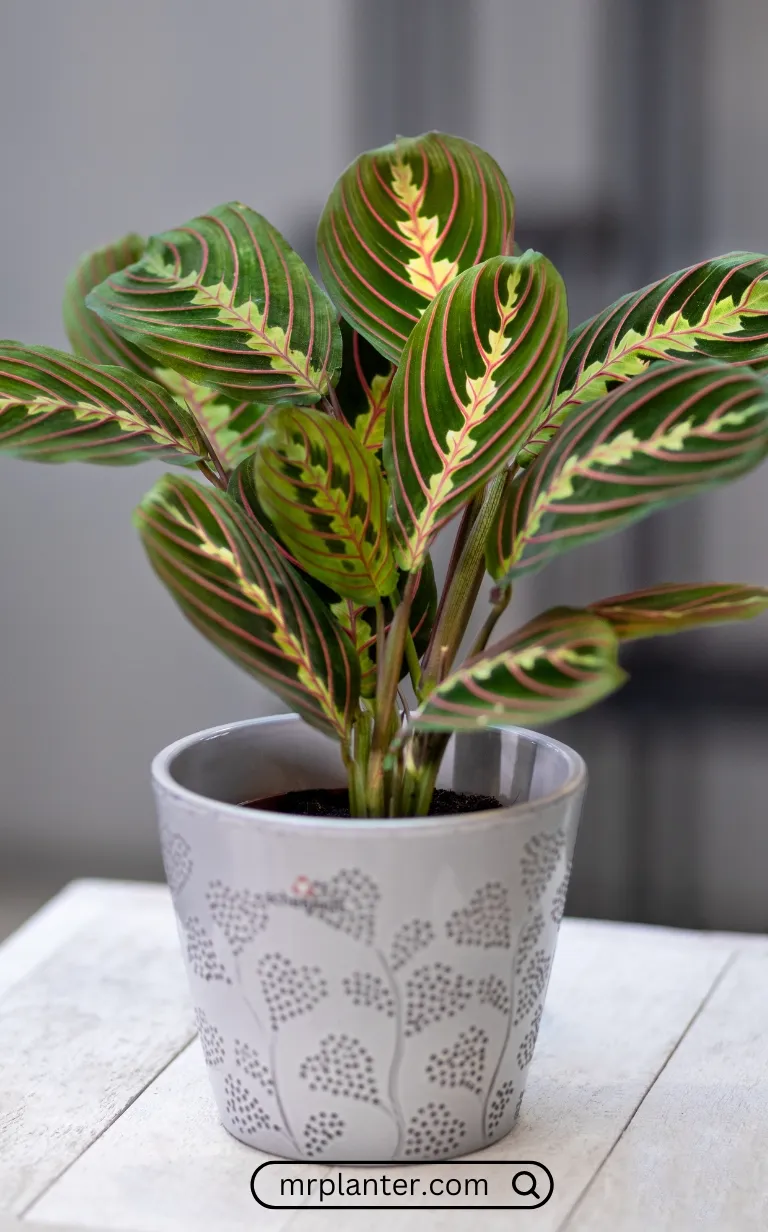
The Prayer Plant is known for its striking leaf patterns and the unique way its leaves fold up at night, resembling hands in prayer. While it prefers bright, indirect light, it can tolerate lower light conditions, making it suitable for various indoor spaces.
This plant adds a pop of color and interest to any room with its vibrant leaf markings. Prayer Plants prefer higher humidity levels and consistent moisture, making them great choices for bathrooms or kitchens.
Expert Tip from MrPlanter: To maintain the vibrant leaf colors, provide your Prayer Plant with filtered water, as they can be sensitive to chemicals in tap water.
16. Dieffenbachia:
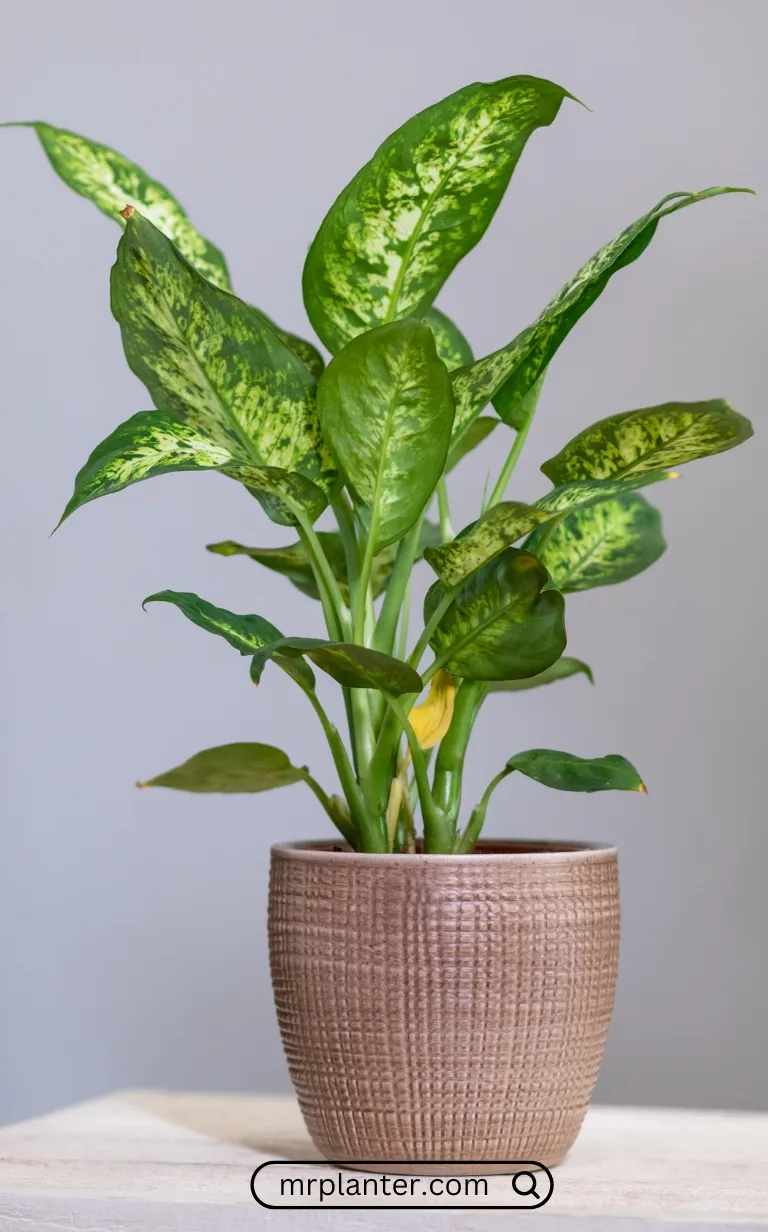
Dieffenbachia, also known as Dumb Cane, is a popular indoor plant that can thrive in low to moderate light conditions. Its large, variegated leaves add a tropical touch to any space and can help brighten up dim corners.
This plant is relatively easy to care for and can grow quite tall, making it an excellent choice for filling empty spaces in rooms. However, it’s important to note that Dieffenbachia is toxic if ingested, so keep it away from pets and children.
Expert Tip from MrPlanter: Rotate your Dieffenbachia regularly to ensure even growth, as it tends to grow towards the light source.
17. Arrowhead Plant (Syngonium podophyllum):

The Arrowhead Plant is named for its distinctively shaped leaves. It is a versatile houseplant that can adapt to low light conditions. It starts compact but can develop a vining habit as it matures, making it suitable for hanging baskets or climbing up supports.
This plant comes in various leaf colors and patterns. This adds visual interest to any room. Arrowhead Plants are also known for their air-purifying qualities.
Expert Tip from MrPlanter: Pinch back the growing tips regularly to maintain a bushier, more compact shape and prevent the plant from becoming too leggy.
18. Rubber Plant (Ficus elastica):

The Rubber Plant is a popular indoor tree that can tolerate low light conditions. Although it grows best in brighter light, its large, glossy leaves make a bold statement in any room and can help purify indoor air.
This plant is relatively low-maintenance and can grow quite tall, making it an excellent choice for adding height to indoor spaces. Rubber Plants are also known for their durability and long lifespan when properly cared for.
Expert Tip from MrPlanter: Clean the leaves regularly with a damp cloth to remove dust and maintain their glossy appearance, which also helps the plant photosynthesize more efficiently.
19. Bird’s Nest Fern (Asplenium nidus):
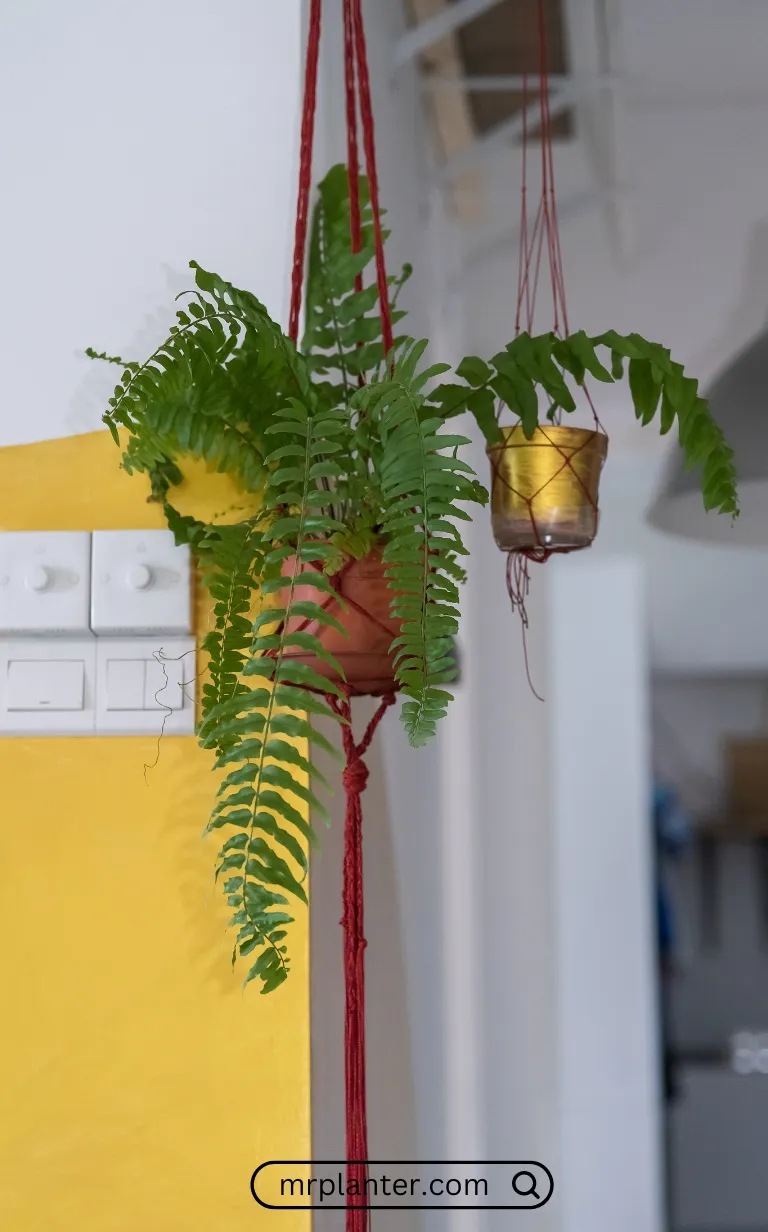
The Bird’s Nest Fern is a unique-looking plant with wide, rippled fronds that grow from a central rosette.
It can thrive in low to moderate light conditions, making it a great choice for bathrooms or other humid areas with limited natural light.
This fern adds a tropical touch to any space and is relatively easy to care for compared to other fern species. It prefers high humidity and consistent moisture but can tolerate occasional dry spells.
Expert Tip from MrPlanter: Avoid getting water in the center of the plant when watering, as this can lead to rot. Instead, water around the base of the plant.
20. Boston Fern (Nephrolepis exaltata):
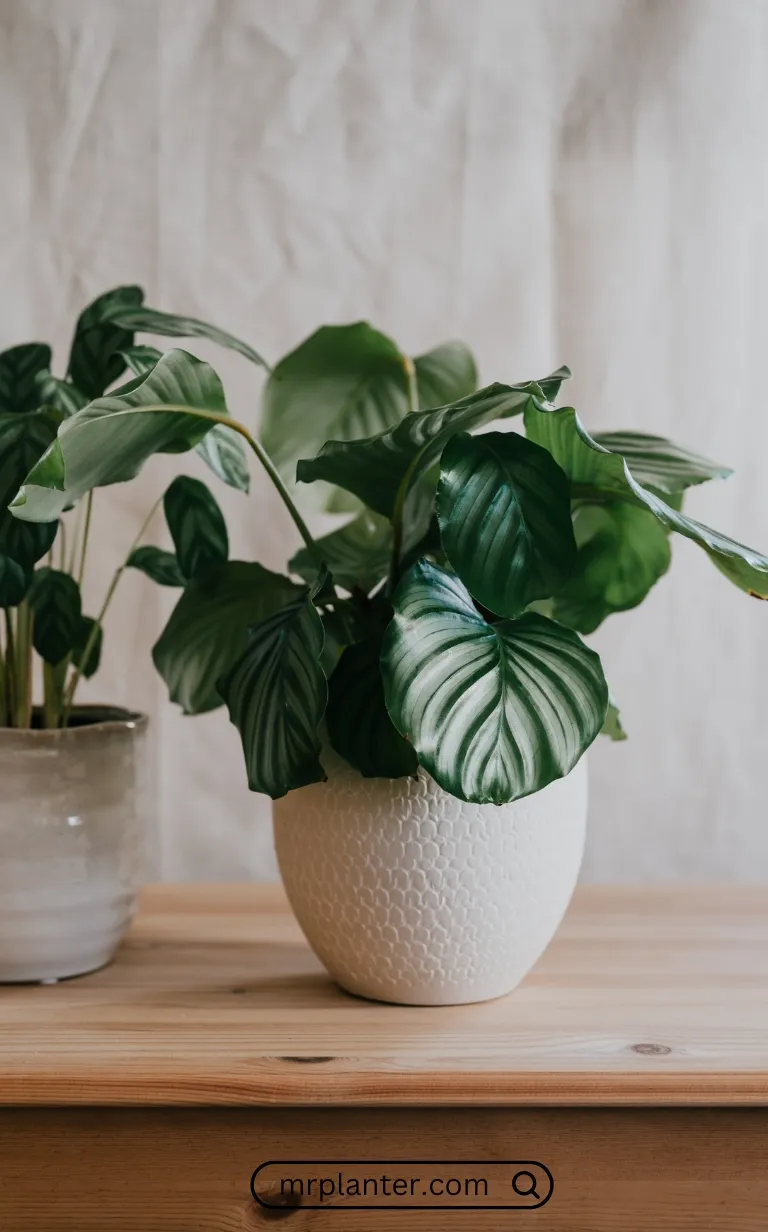
The Boston Fern is a classic houseplant known for its lush, arching fronds. While it prefers bright, indirect light, it can tolerate lower light conditions, making it versatile for various indoor spaces.
This fern is an excellent air purifier and adds a touch of elegance to any room.
Boston Ferns thrive in humid environments and require consistent moisture, making them ideal for bathrooms or kitchens.
Expert Tip from MrPlanter: Mist your Boston Fern regularly or place it on a pebble tray filled with water to increase humidity and keep the fronds lush and green.
21. Calathea varieties:
Calatheas are known for their striking leaf patterns and colors. They can tolerate low light conditions but prefer bright, indirect light.
Calathea species are often referred to as “prayer plants” due to their leaves folding up at night. They require high humidity and consistent moisture.
Expert Tip from MrPlanter: Use distilled or rainwater for Calatheas, as they’re sensitive to chemicals in tap water.
22. Ponytail Palm (Beaucarnea recurvata):
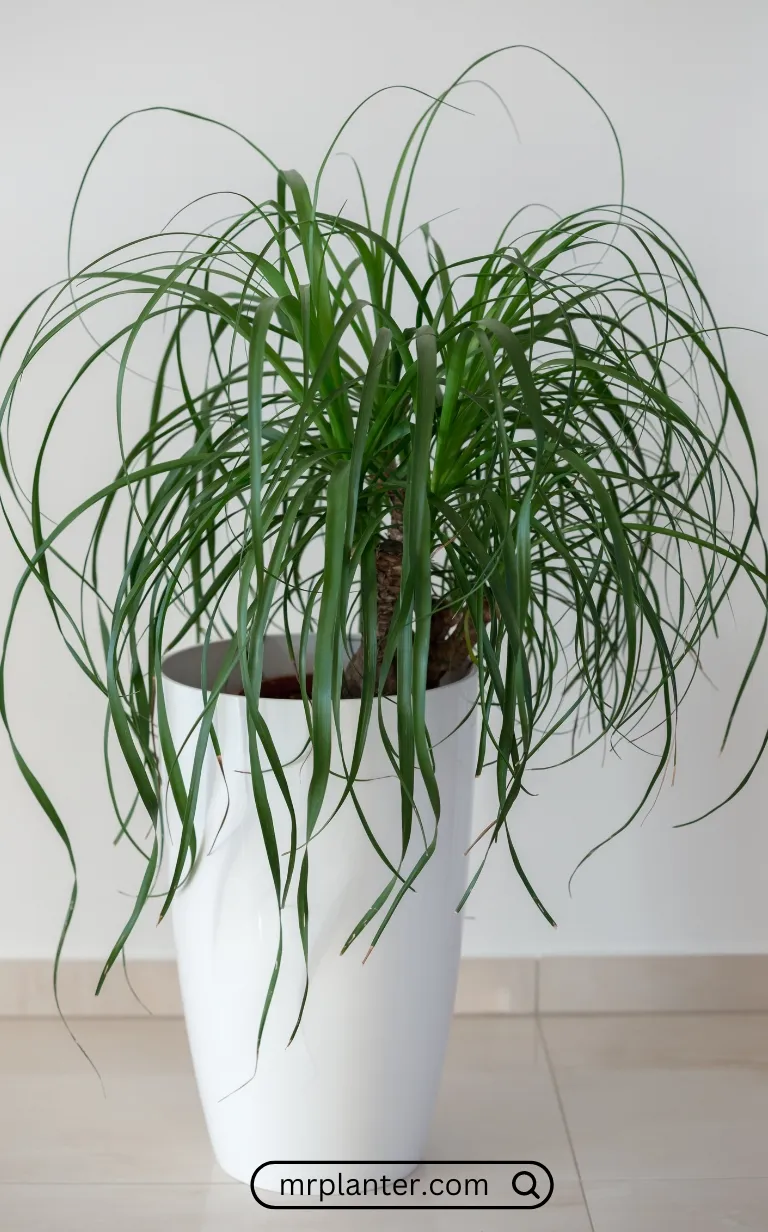
Despite its name, the Ponytail Palm is not a true palm. It’s a drought-tolerant plant that can thrive in low light conditions.
The Ponytail Palm is known for its distinctive swollen base and long, thin leaves.
Expert Tip from MrPlanter: Allow the soil to dry out completely between waterings to prevent root rot.
23. Anthurium:
Anthurium plants are known for their bright, heart-shaped flowers. They can tolerate low light but bloom best in bright, indirect light.
These plants prefer high humidity and well-draining soil.
Expert Tip from MrPlanter: Clean the leaves regularly to maintain their glossy appearance and improve photosynthesis.
24. Peperomia varieties:
Peperomias are compact plants with a wide variety of leaf shapes and colors. They can tolerate low light conditions and are relatively low-maintenance.
Peperomias are great for small spaces or as desk plants.
Expert Tip from MrPlanter: Allow the soil to dry out between waterings, as Peperomias are prone to root rot if overwatered.
25. Dumb Cane (Dieffenbachia):
Dieffenbachia, or Dumb Cane, is a popular houseplant with large, patterned leaves.
It can tolerate low light conditions but grows best in moderate to bright indirect light. Be cautious as this plant is toxic if ingested.
Expert Tip from MrPlanter: Prune regularly to maintain a bushy shape and prevent the plant from becoming too tall.
26. Corn Plant (Dracaena fragrans):
The Corn Plant is a hardy, tree-like houseplant that can tolerate low light conditions. It’s known for its long, strap-like leaves and can grow quite tall indoors.
Expert Tip from MrPlanter: Remove any yellow or brown leaves to maintain the plant’s appearance and health.
27. Janet Craig Plant (Dracaena deremensis):
The Janet Craig Plant is a variety of Dracaena known for its glossy, dark green leaves. It’s highly tolerant of low light conditions and is excellent for air purification.
Expert Tip from MrPlanter: Wipe the leaves regularly with a damp cloth to remove dust and keep them looking their best.
28. Kentia Palm (Howea forsteriana):
The Kentia Palm is an elegant, slow-growing palm that can tolerate low light conditions. It’s known for its long, arching fronds and is relatively low-maintenance.
Expert Tip from MrPlanter: Allow the top inch of soil to dry out between waterings to prevent root rot.
29. Weeping Fig (Ficus benjamina):
The Weeping Fig is a popular indoor tree that can tolerate low light conditions. It’s known for its glossy leaves and can be shaped through pruning.
Expert Tip from MrPlanter: Avoid sudden changes in light or temperature, as Weeping Figs can be sensitive and may drop leaves in response.
30. Staghorn Fern (Platycerium):
Staghorn Ferns are unique epiphytic plants that can be mounted on boards or grown in hanging baskets. They can tolerate low light but prefer bright, indirect light.
Expert Tip from MrPlanter: Mist the fern regularly or soak it in water for 10-20 minutes once a week to provide adequate moisture.
31. Bromeliad Guzmania:
Guzmania bromeliads are known for their colorful, long-lasting flower bracts. They can tolerate low light but prefer bright, indirect light.
These plants are epiphytes and don’t require soil to grow.
Expert Tip from MrPlanter: Water the central “cup” of the plant, ensuring it’s always filled with water.
32. Hoya varieties:
Hoyas, also known as wax plants, are vining plants with thick, waxy leaves. They can tolerate low light but bloom best in bright, indirect light.
Hoyas are relatively low-maintenance and drought-tolerant.
Expert Tip from MrPlanter: Allow the soil to dry out completely between waterings, as Hoyas are susceptible to root rot.
33. Inch Plant (Tradescantia Zebrina):
Inch Plants, also known as Wandering Jew, are fast-growing trailing plants.
They can tolerate low light but maintain their vibrant leaf colors best in bright, indirect light.
Expert Tip from MrPlanter: Pinch back the stems regularly to promote bushier growth and prevent the plant from becoming too leggy.

